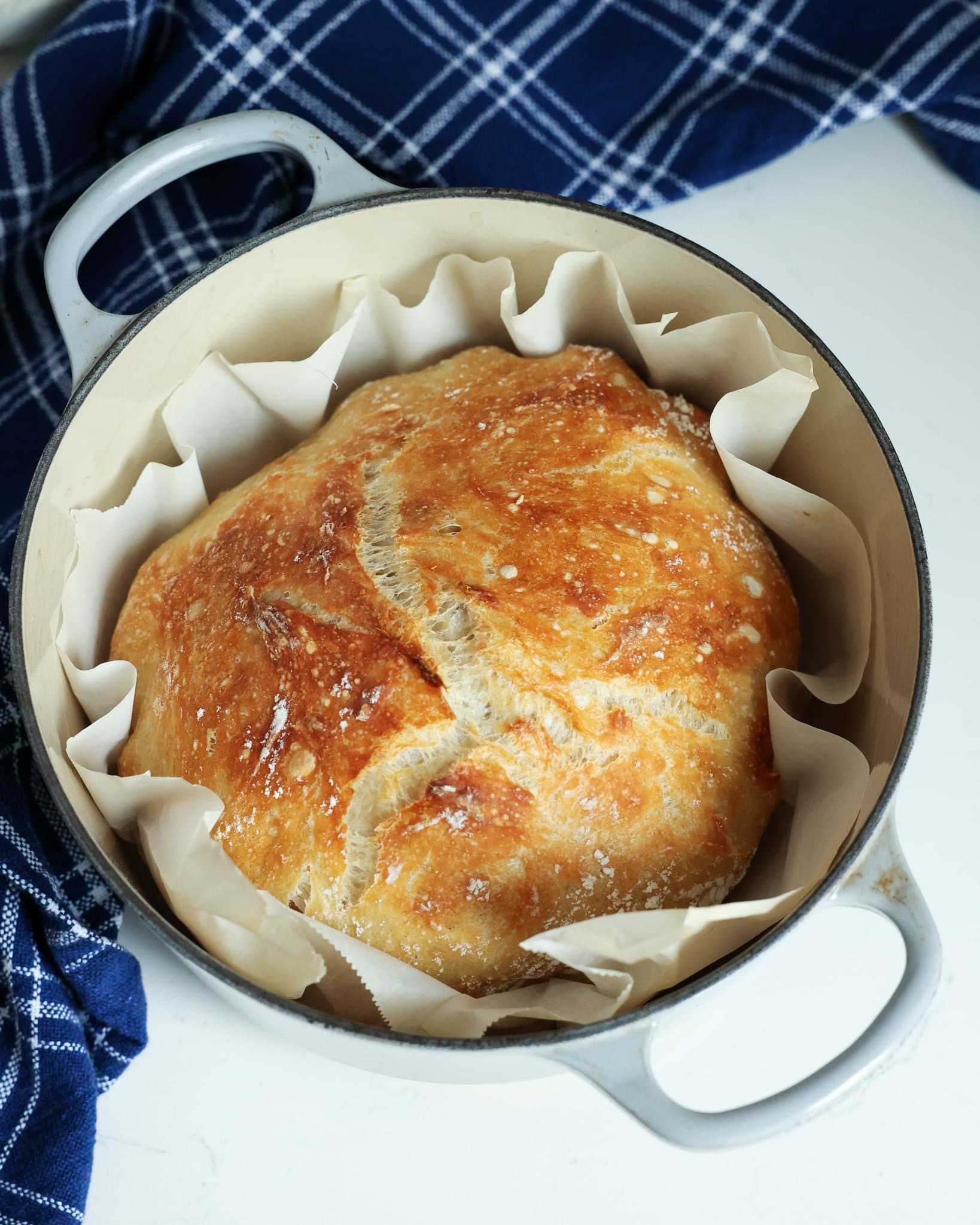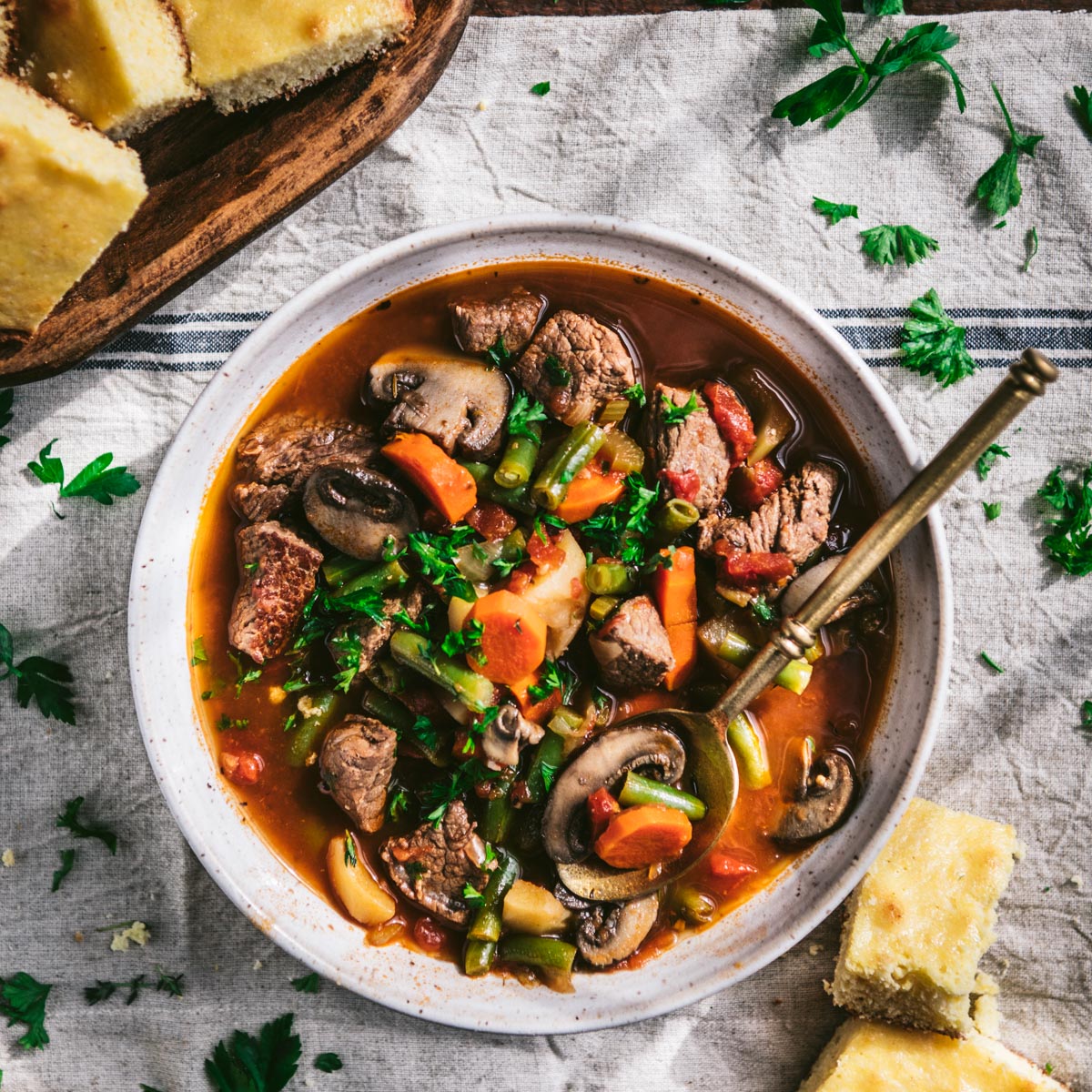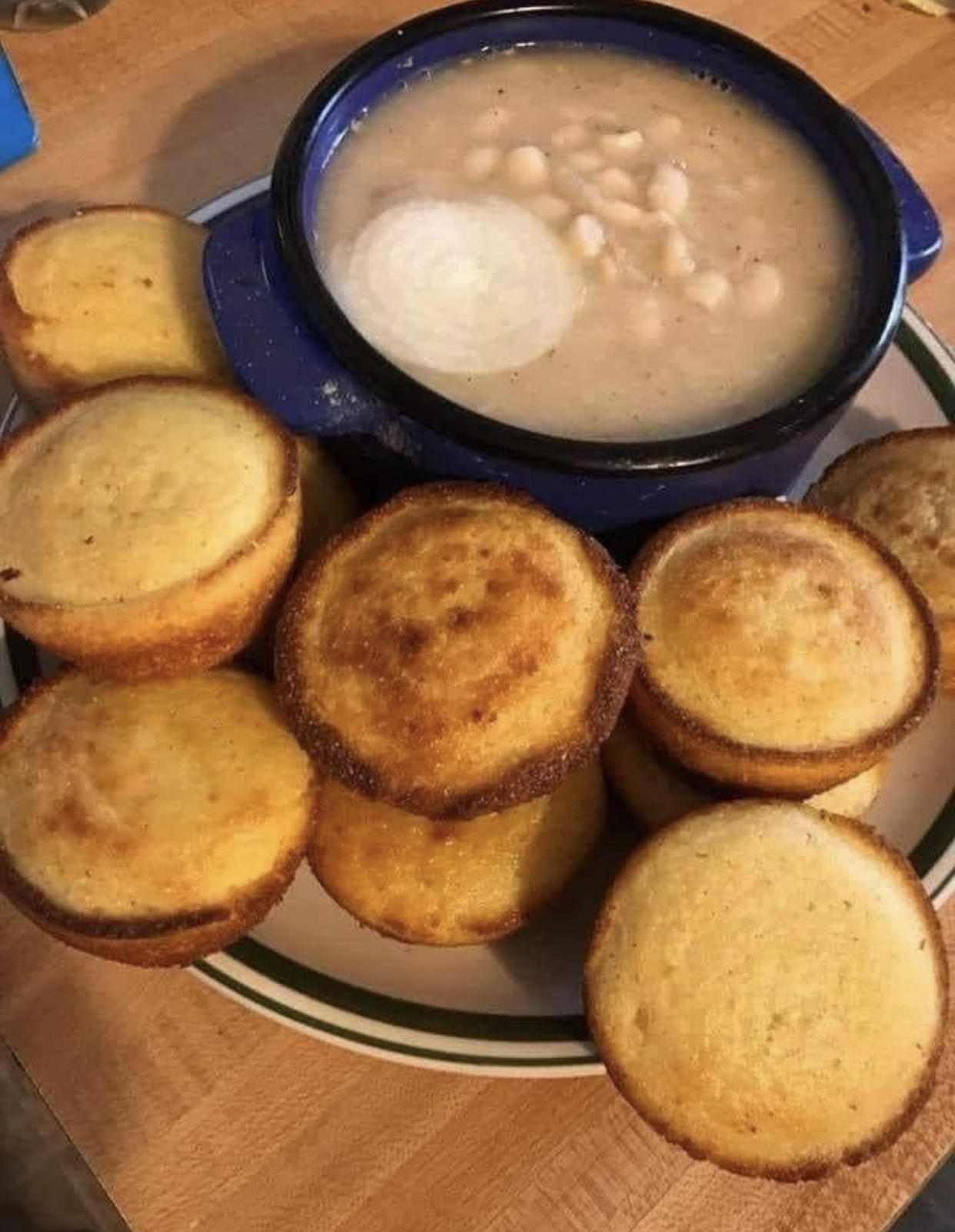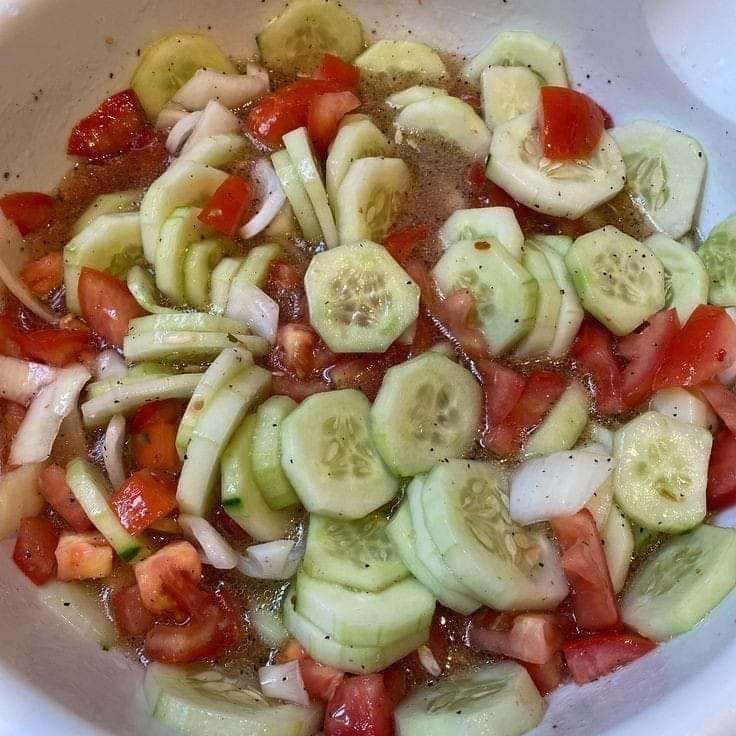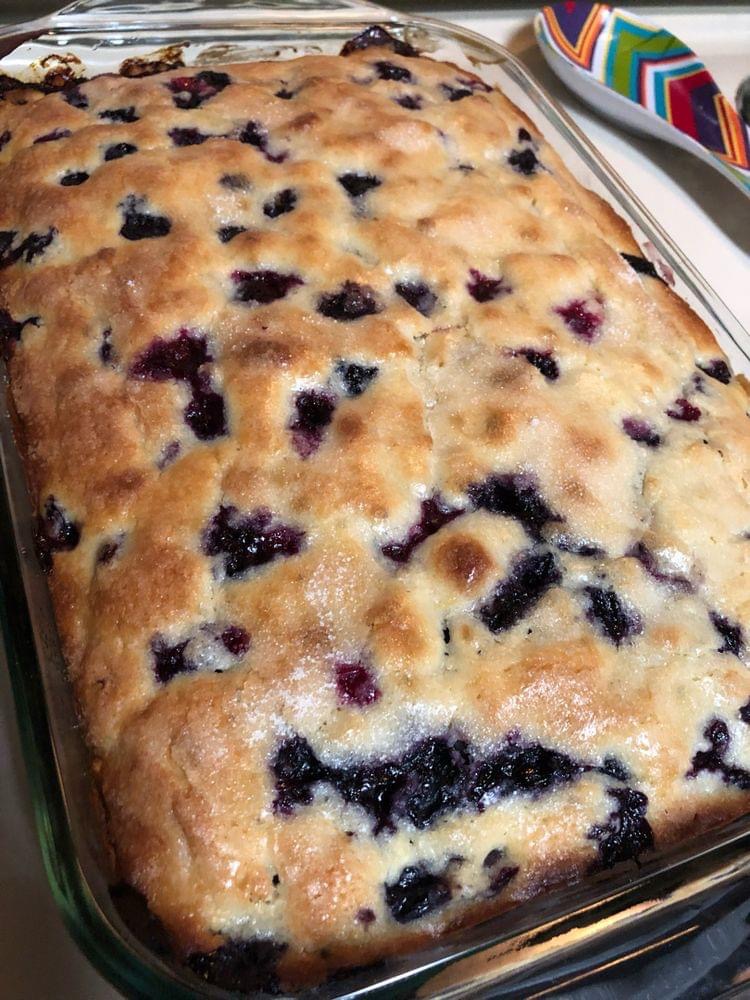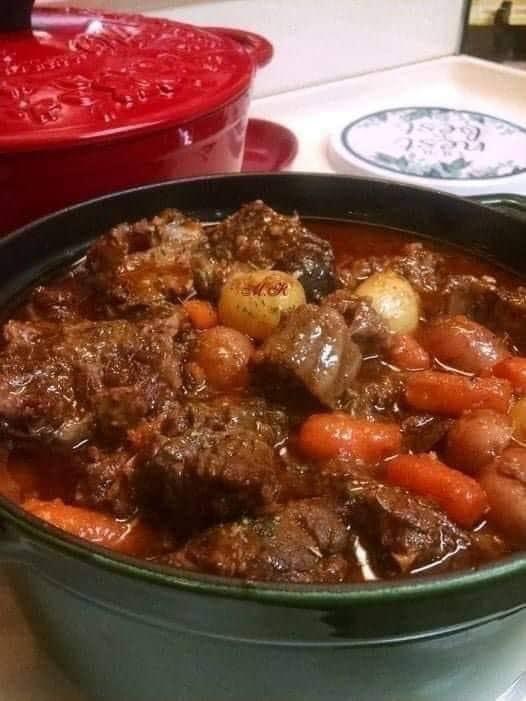Introduction
Welcome to the wonderful world of no-knead bread! In this comprehensive guide, we’ll explore the beauty and simplicity of making delicious, artisan-quality bread without the need for strenuous kneading. Whether you’re a seasoned baker or a novice in the kitchen, mastering the art of no-knead bread is within your reach. Get ready to embark on a journey of flour, water, yeast, and magic as we uncover the secrets to creating perfect loaves of bread from scratch.
video instructions available below 👇
Understanding No-Knead Bread:
No-knead bread has gained popularity in recent years for its simplicity and exceptional results. Unlike traditional bread-making methods that require extensive kneading to develop gluten, no-knead bread relies on time and fermentation to achieve the same desired outcome – a beautifully textured loaf with an airy crumb and crispy crust.
The magic behind no-knead bread lies in its long fermentation process, which allows the dough to develop complex flavors and achieve optimal texture without the need for physical manipulation. By simply mixing together a few basic ingredients and letting time do the work, you can create artisan-quality bread that rivals those found in the finest bakeries.
Benefits of No-Knead Bread
1. Simplified Process: No-knead bread recipes typically involve minimal steps and ingredients, making them accessible to bakers of all skill levels. With just a few basic tools and ingredients, you can create homemade bread that surpasses store-bought varieties in taste and quality.
2. Time Efficiency: While traditional bread-making methods often require hours of kneading and proofing, no-knead bread recipes utilize longer fermentation times to achieve superior results with minimal effort. By allowing the dough to ferment overnight or up to 24 hours, you can develop complex flavors and textures without the need for constant supervision.
3. Versatility: No-knead bread recipes are highly adaptable and can be customized to suit your preferences. Whether you prefer a rustic country loaf, a crusty baguette, or a flavorful focaccia, the principles of no-knead bread-making can be applied to a variety of bread styles and shapes.
Now that we’ve explored the beauty and benefits of no-knead bread, let’s dive into the kitchen and discover how to create perfect loaves of bread from scratch.
Classic No-Knead Bread Recipe:
Ingredients:
– 3 cups all-purpose flour
– 1 ½ teaspoons salt
– ½ teaspoon active dry yeast
– 1 ½ cups lukewarm water
Instructions:
1. In a large mixing bowl, combine the flour, salt, and yeast. Stir until the ingredients are evenly distributed.
2. Add the lukewarm water to the dry ingredients, mixing until a shaggy dough forms. Avoid overmixing, as the goal is to incorporate the ingredients without kneading the dough.
3. Cover the mixing bowl with plastic wrap or a clean kitchen towel and let the dough rest at room temperature for 12-18 hours. During this time, the dough will undergo fermentation, developing flavor and texture.
4. After the initial fermentation period, the dough should be puffy and bubbly. Preheat your oven to 450°F (230°C) and place a Dutch oven or heavy-bottomed pot with a lid inside to preheat as well.
5. While the oven is preheating, transfer the dough to a lightly floured surface and shape it into a round ball. You can use a bench scraper or your hands to gently shape the dough, but avoid kneading or overhandling it.
6. Once the oven is preheated, carefully remove the hot Dutch oven or pot from the oven. Using oven mitts, remove the lid and carefully transfer the shaped dough into the hot pot.
7. Cover the pot with the lid and return it to the oven. Bake the bread covered for 30 minutes to create steam and promote oven spring.
8. After 30 minutes, remove the lid from the pot and continue baking the bread uncovered for an additional 15-20 minutes, or until the crust is golden brown and crisp.
9. Once the bread is baked to perfection, carefully remove it from the oven and transfer it to a wire rack to cool completely before slicing.
10. Enjoy your freshly baked no-knead bread with your favorite spreads, cheeses, or as a delicious accompaniment to soups and salads.
Tips for Success
– Use high-quality ingredients: Opt for unbleached all-purpose flour and quality sea salt for best results.
– Experiment with hydration: Adjust the amount of water in the recipe to achieve your desired dough consistency and crumb structure.
– Embrace variations: Get creative with add-ins such as herbs, seeds, or dried fruits to customize your bread and add extra flavor and texture.
– Practice patience: Allow the dough to ferment and rise slowly for optimal flavor development and texture.
Conclusion:
No-knead bread is more than just a recipe – it’s a testament to the transformative power of time, patience, and simple ingredients. By embracing the principles of no-knead bread-making, you can unlock a world of possibilities in your own kitchen and create homemade bread that is as delicious as it is satisfying.
Whether you’re a beginner baker or a seasoned bread enthusiast, no-knead bread offers a rewarding and approachable way to elevate your baking skills and enjoy the incomparable taste of freshly baked bread at home.
So roll up your sleeves, dust off your mixing bowl, and embark on a journey of discovery and delight as you master the art of no-knead bread. With a little time, patience, and love, you’ll be rewarded with perfect loaves of bread that will nourish body and soul for years to come. Happy baking!
